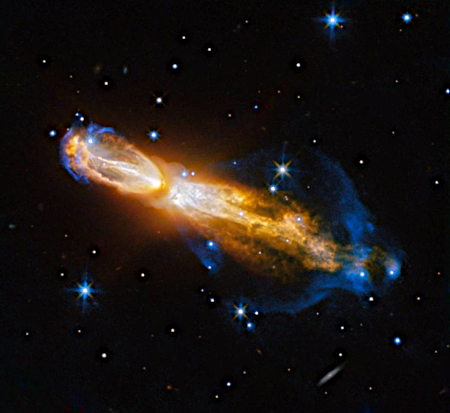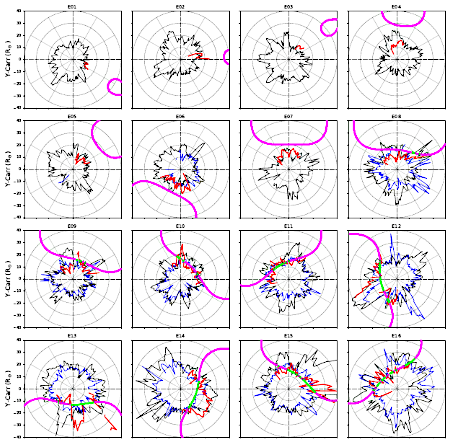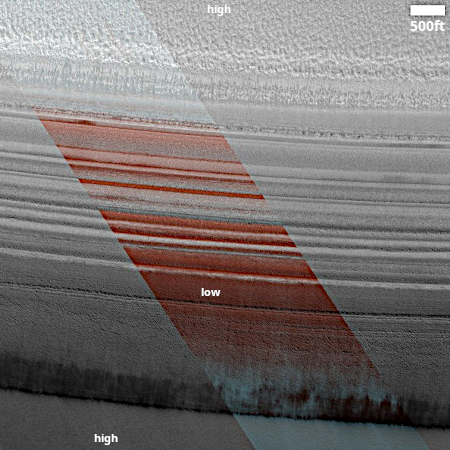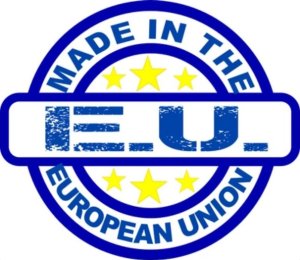China launches recoverable capsule; satellite launched two days ago just misses Starlink satellite
Two Chinese launch-related stories tonight. First, one of the nine satellites launched on a Kinetica-3 rocket on December 10, 2025 apparently almost collided with a Starlink satellite after deployment in orbit.
As far as we know, no coordination or deconfliction with existing satellites operating in space was performed, resulting in a 200 meter close approach between one of the deployed satellites and STARLINK-6079 (56120) at 560 km altitude.
The government-owned pseudo-company that launched the rocket, CAS Space, responded shortly thereafter.
Our team is currently in contact for more details. All CAS Space launches select their launch windows using the ground-based space awareness system to avoid collisions with known satellites/debris. This is a mandatory procedure. We will work on identifying the exact details and provide assistance as the LSP.
It is possible China did the proper due diligence but the large number of satellites in orbit as well as being launched simply makes these events increasingly likely. It is also possible CAS Space is lying, and it didn’t do a thorough analysis prior to launch. Either way, this incident should force it to do a better job in the future.
Next, China tonight (December 13, 2025 in China) continued its annual end-of-year ramp up of launches, placing the first Dear-5 recoverable capsule into orbit, its Kuaizhou-11 rocket lifting off from its Jiuquan spaceport in northwest China. This capsule is comparable to Russia’s Bion capsule, designed to be used for research in orbit for return to Earth for sale.
China’s state-run press made no mention where the rocket’s lower stages crashed inside China.
The leaders in the 2025 launch race:
164 SpaceX
83 China (a new record)
15 Rocket Lab
15 Russia
SpaceX still leads the rest of the world in successful launches, 164 to 135.
Two Chinese launch-related stories tonight. First, one of the nine satellites launched on a Kinetica-3 rocket on December 10, 2025 apparently almost collided with a Starlink satellite after deployment in orbit.
As far as we know, no coordination or deconfliction with existing satellites operating in space was performed, resulting in a 200 meter close approach between one of the deployed satellites and STARLINK-6079 (56120) at 560 km altitude.
The government-owned pseudo-company that launched the rocket, CAS Space, responded shortly thereafter.
Our team is currently in contact for more details. All CAS Space launches select their launch windows using the ground-based space awareness system to avoid collisions with known satellites/debris. This is a mandatory procedure. We will work on identifying the exact details and provide assistance as the LSP.
It is possible China did the proper due diligence but the large number of satellites in orbit as well as being launched simply makes these events increasingly likely. It is also possible CAS Space is lying, and it didn’t do a thorough analysis prior to launch. Either way, this incident should force it to do a better job in the future.
Next, China tonight (December 13, 2025 in China) continued its annual end-of-year ramp up of launches, placing the first Dear-5 recoverable capsule into orbit, its Kuaizhou-11 rocket lifting off from its Jiuquan spaceport in northwest China. This capsule is comparable to Russia’s Bion capsule, designed to be used for research in orbit for return to Earth for sale.
China’s state-run press made no mention where the rocket’s lower stages crashed inside China.
The leaders in the 2025 launch race:
164 SpaceX
83 China (a new record)
15 Rocket Lab
15 Russia
SpaceX still leads the rest of the world in successful launches, 164 to 135.







